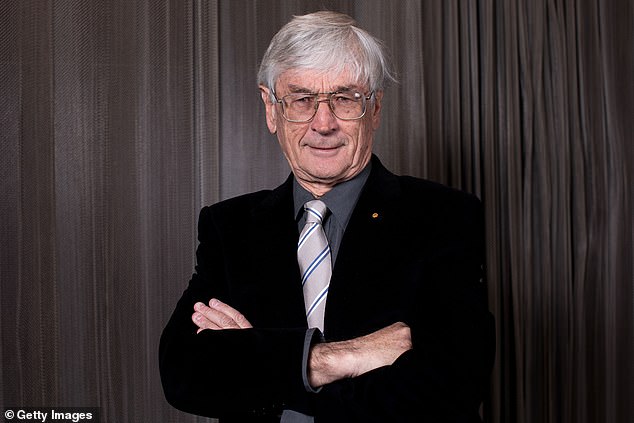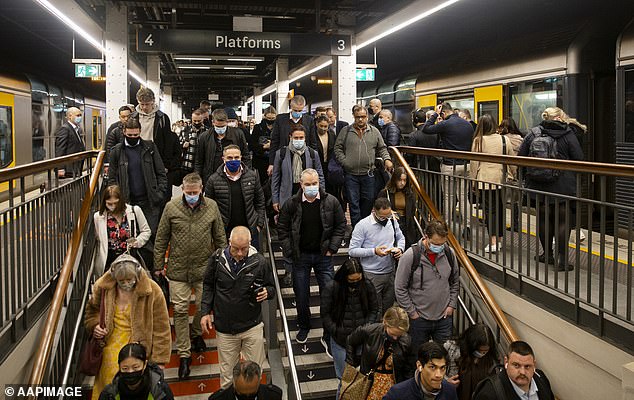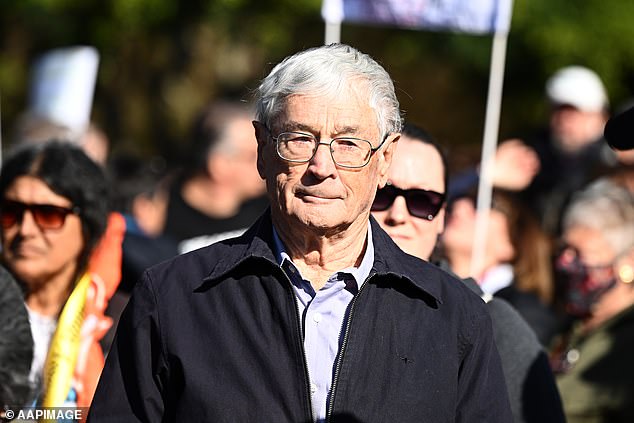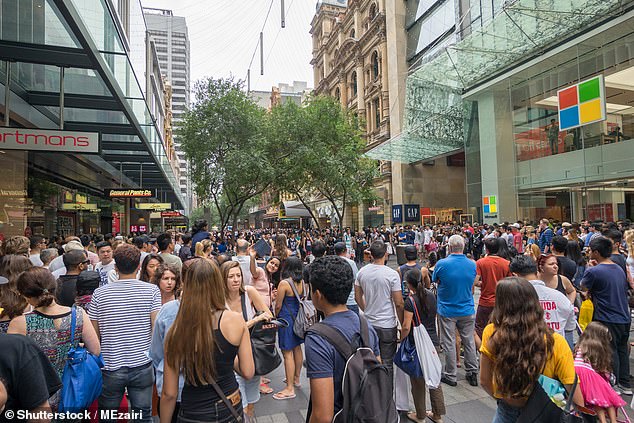Australian entrepreneur Dick Smith says a record influx of new immigrants is a ‘disaster for families’ and young people who want to own their own home.
The founder of the electronics chain, who turns 80 this week, wants Australia’s net immigration cut to just 75,000 a year to ease Australia’s rental and housing affordability crisis.
This would take immigration levels back to where they were in 1997, before overseas intake doubled within a decade, only to double again after the pandemic.
“Every Australian family has a population plan to have the number of children they can provide a good life for, but at the rate we’re going it means the average Australian family will have fewer,” Smith told the newspaper. Daily Telegraph.
Australia’s population is estimated to double over the next 50 years, with big business interests favoring high immigration to increase labor supply.
Smith said ‘billionaire political donors’ only promoted high population growth to expand their wealth.
New Australian Bureau of Statistics data released on Thursday showed Australia welcomed 125,410 permanent and long-term arrivals in January, the highest January on record.
Including departures, net growth in permanent and long-term arrivals for January reached 55,330, surpassing the previous peak in January 2009 by 40 percent.

Australian entrepreneur Dick Smith (pictured) has said the influx of new immigrants to the country is a ‘disaster’ for families as he offers his own brave solution


Smith believes immigration numbers should be cut to just 75,000 a year to reduce pressure on house prices, rents, roads and hospitals (pictured, Sydney commuters)
Financial economists expect Australia’s overseas intake, which covers skilled migrants and international students, to fall to 375,000 by 2023-24.
This would be lower than the record intake of 518,000 for 2022-23 and below January’s annual increase of 481,620.
But this would still be almost double the pre-pandemic level of 194,400 in 2019-20, before Australia was closed from March 2020 to December 2021.
Official data showed the majority of new arrivals are settling in NSW and then Victoria, leading to more congestion in Australia’s two largest cities.
Most migrants start as renters, leading to more competition for accommodation in Sydney and Melbourne.
High population growth is also creating problems in other states, with Brisbane the recipient of high interstate migration as south-east Queensland attracts residents from NSW and Victoria in search of more affordable housing and warmer weather.


Smith (pictured) said ‘billionaire political donors’ only promoted high population growth to expand their personal wealth


Daniel Wild, deputy director of the Institute of Public Affairs think tank, agreed that high immigration was behind Australia’s housing crisis (traders in Sydney)
Daniel Wild, deputy director of the Institute of Public Affairs think tank, said high immigration was behind Australia’s housing crisis.
“It is clear that the federal government’s migration program is unplanned, out of control and out of step with society’s expectations,” he said.
“On top of this, it has failed to address Australia’s labor shortage crisis, the very thing the federal government is using to justify such rapid increases in take-up.
“It is clear that this lazy approach to solving labor shortages is not working and there should be a greater focus on getting Australian retirees, veterans and students into work.”

